Smartphones used to spark excitement with every new release. Now, upgrades feel incremental and lack bold new designs and headline-grabbing features. However, what modern phones lack in spectacle, they make up for in reliability. It makes being an enthusiast less fun, but it’s a step in the right direction.
Standardized Specs Mean Less Confusion for Non-Savvy Buyers
Buying a phone is arguably less of a hassle today than it was a couple of years ago. That’s because many features that were then considered innovations and only found on select models are now standard. This means the average buyer, who isn’t as tech-savvy, doesn’t have to worry about their phone missing any essential features.
Unless you’re buying an entry-level model, most modern smartphones come with an OLED screen, FHD resolution, 120Hz refresh rate, 128GB of internal storage or more, a fingerprint scanner, 4K recording, a USB-C port with at least 25W wired charging, and a 5000mAh battery—unless you’re buying a compact phone like the Galaxy S25 or Pixel 9.
This matters because, for most people, a smartphone is just a tool to do basic tasks like calling, texting, web browsing, and scrolling social media. That means the overall experience won’t be too different between phones from different brands. Instead of stressing over specs, you can focus on remaining within your budget and getting the best value.
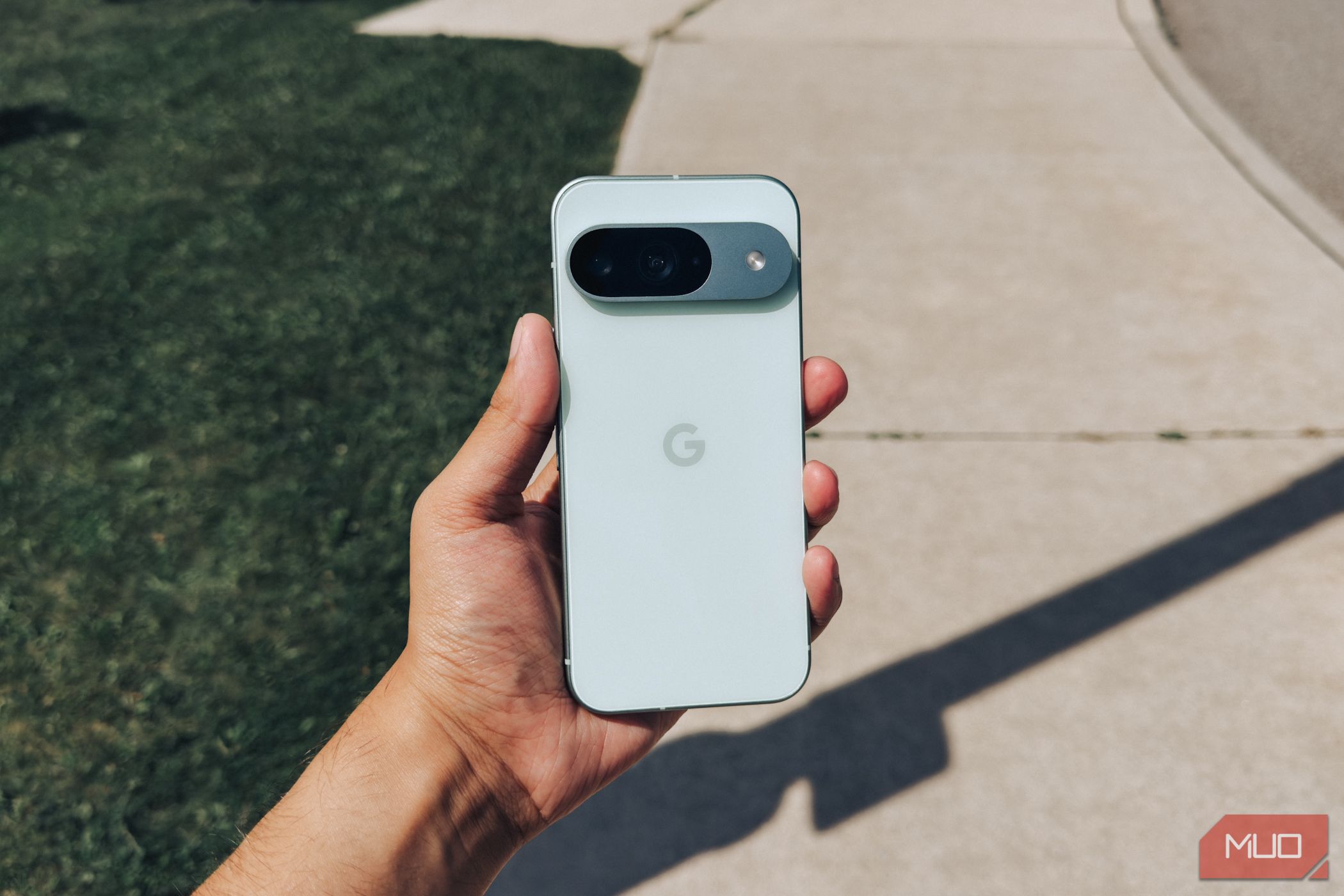
Related
How Much Do Smartphone Specs Matter These Days?
Don’t be quick to judge a phone by its spec sheet.
I’m not saying that more expensive phones don’t have merit. They certainly do. But phones becoming boring is the price we have to pay as consumers to ensure that even the worst phone out there is still at least sufficiently adequate to perform everyday tasks.
This boringness gives you reassurance that no matter which phone you buy, it won’t be so bad that it can’t get you through the day. It might not always feel very smooth, be able to run certain games or come with optional but nice-to-have features, but it will, without a doubt, meet your minimal expectations. This wasn’t the case about a decade ago.
Companies Could Shift Focus to Software Optimization
When people complain that smartphones have become boring, they’re referring almost exclusively to the lack of hardware innovation. Aside from foldable phones, which are still inaccessible to most people, there haven’t really been many major hardware breakthroughs in recent years. Incremental improvements seem to have become the norm.
One way to look at this is to say that companies are just not innovating anymore. While that’s partly true, a more nuanced look at the situation suggests we are now at a point where all the hardware problems formerly associated with phones are largely resolved.
Durability, for example, has improved greatly over the years to the point where even mid-range phones are now almost as tough as their flagship counterparts, and can last several years.

Related
Why Your Flagship Phone Scratches Just Like a Cheap One
Money can’t buy everything.
We’re nearing the peak of what’s possible with existing tech. Remember, companies have a limited R&D budget, so every dollar spent on research that doesn’t prove fruitful is essentially wasted and not used to improve aspects that still need improving, such as software.
The savvy among us are already aware that modern phones are influenced just as much by how well the company has optimized the software as they are by their internals. A powerful chip looks great on benchmarks, but it’s really software optimization that unlocks that power and ensures fluidity of the user interface.
I’m willing to argue that this fluidity matters to most people far more than arbitrary hardware changes and new designs because software is what you ultimately interact with. New designs are fun and make for great marketing, but how long do you really admire the design of your phone after having purchased it? Probably not that long.
Longer Software Support Helps Avoid Frequent Upgrades
Alongside software optimization, companies are also making it a priority to offer longer software support. This is why Google and Samsung now offer seven years of major Android updates. This trend isn’t exclusive to flagships; newer mid-range phones like the Galaxy A56 and the Pixel 9a will be supported for six and seven years, respectively.
That means, as long as you care for your phone, minimize its wear, and get the battery replaced after a few years, you don’t really need to upgrade as frequently. You’ll get the latest features regardless. And since you won’t be upgrading as often, you can get a more premium model that you might otherwise not be able to afford.
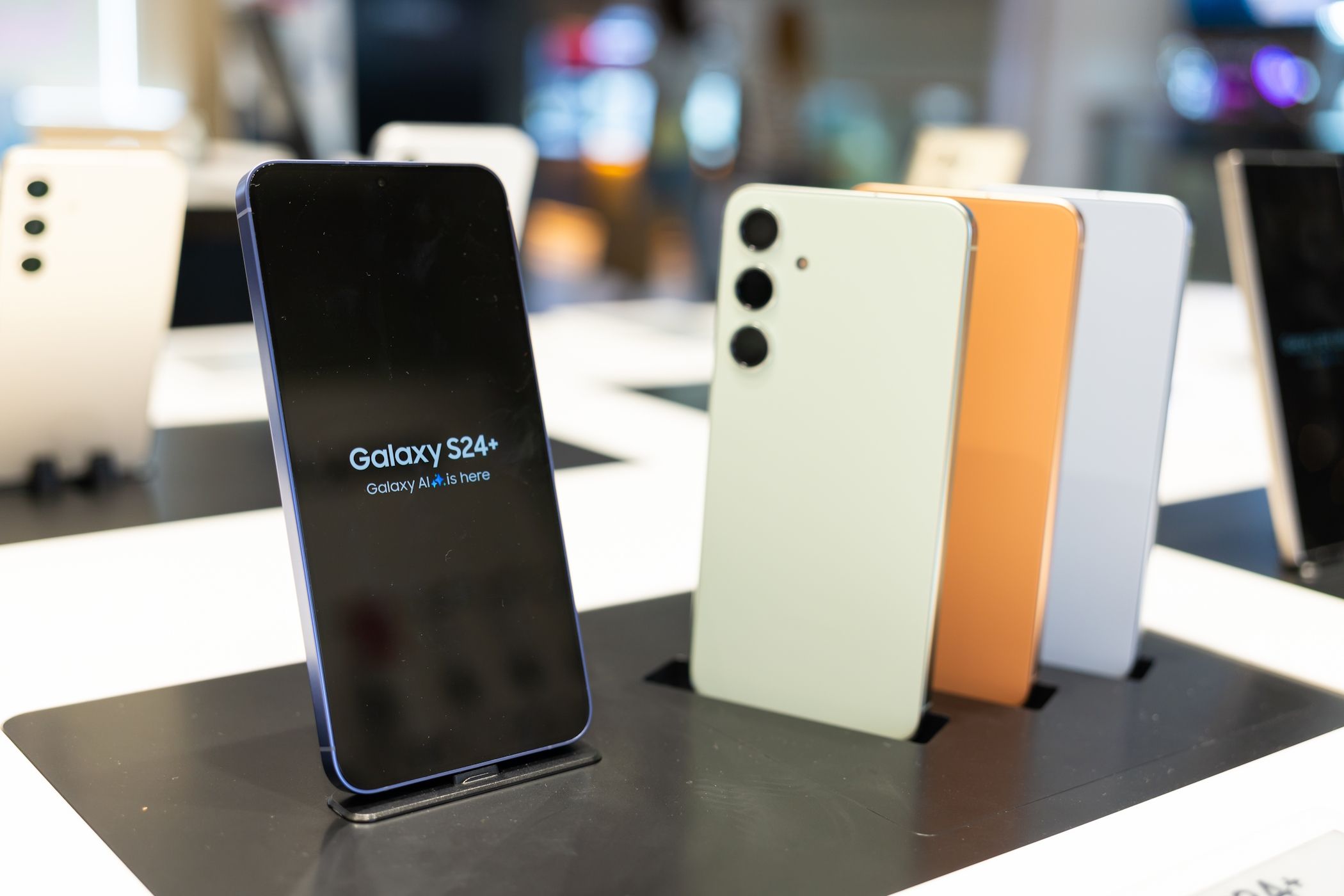
Related
How Much Should You Spend on a Smartphone? 8 Price Points Compared
You can buy a new smartphone from under $100 to over $1500. But what’s the sweet spot between price and features?
Design Consistency Helps in Value Retention and Repair
I get it—seeing the same design over and over for several generations is tiring. In the past, it was normal for Android manufacturers to start from scratch when designing their next phone.
But today, the goal is to be instantly recognizable, and that’s not possible if you keep changing the look of your products. Samsung has cemented its look with individual camera rings, the Google Pixel with a camera visor, and OnePlus features a large circular camera island.
This design consistency is not just about branding, though. It also influences how well your phone retains its value. When you trade in your phone, the estimated value you get in return is based primarily on how much of the device the company will be able to recycle.
Consistent designs fetch more value because they allow more components to be recycled. They also make repairs easier—but not always cheaper—as spare parts become easier to source. Familiarity with the internals means technicians see fewer surprises during repair.
Camera Hardware Plateaued, But Computational Photography Took Over
For years, smartphone camera upgrades meant bigger sensors, more megapixels, and more lenses. But over the years, this hardware race has hit a ceiling. Most flagships now sport similar-sized sensors, stabilized primary lenses, ultrawide lenses with around 120˚ field-of-view, telephoto lenses with 3x optical zoom or more, and support for 8K video.
In other words, it’s not the hardware that’s the differentiating factor anymore; it’s the unique image processing of each brand. That’s what has allowed smartphone photography to keep improving despite the physical limitations of camera hardware. After all, there’s limited room inside a phone’s chassis, so you can’t keep increasing the sensor size endlessly.
Google’s Pixel lineup is the perfect example of this. It’s rarely equipped with cutting-edge hardware, especially on its A-series, yet its image quality consistently punches above its weight. Even cheaper phones now use algorithms to clean up noise, balance exposures, and simulate bokeh—all of which once required high-end optics.
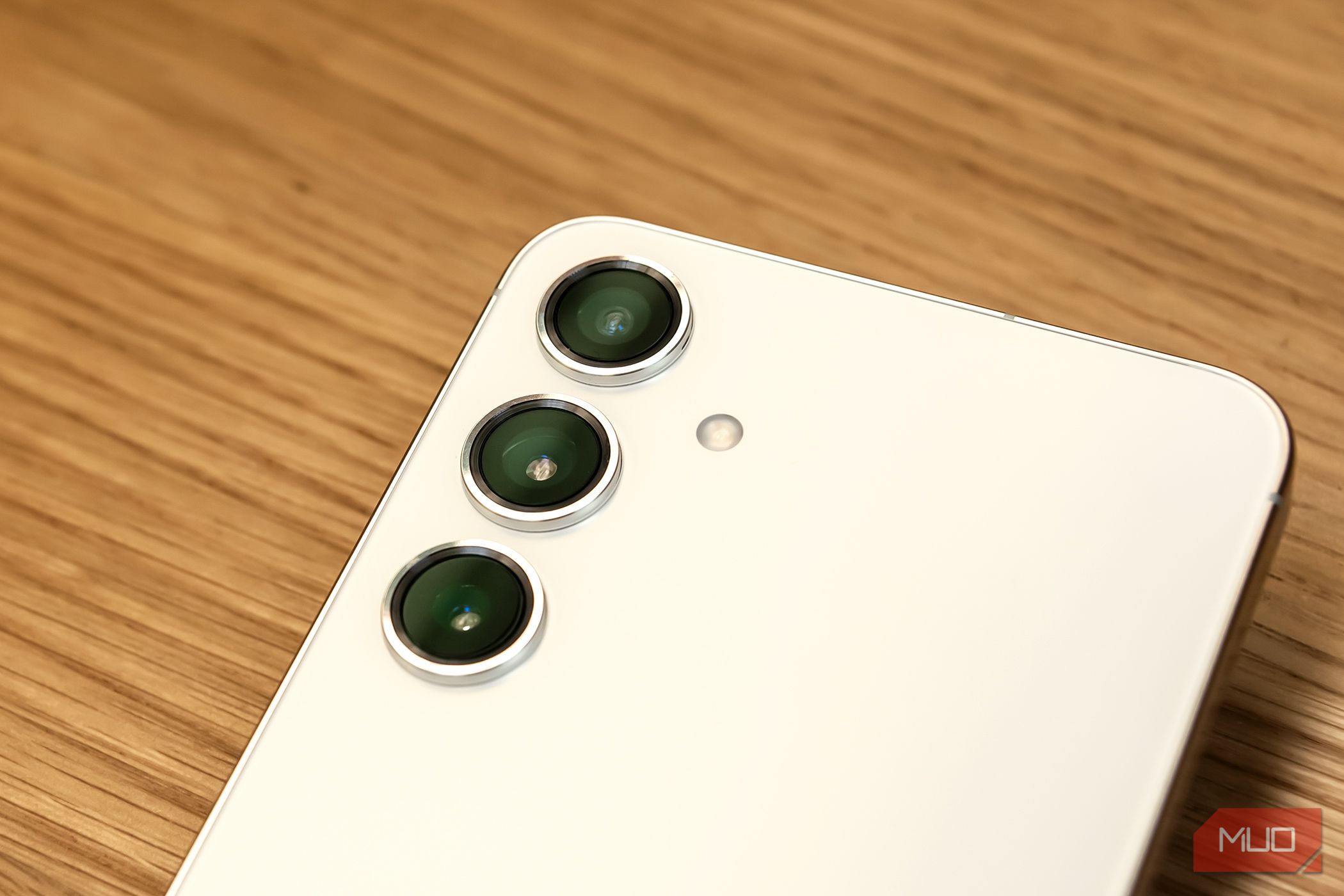
Related
I Put My Cheap Phone Against My Mirrorless Camera: Can You Spot the Difference?
Can your eyes tell the difference, or is smartphone photography just that good?
In a way, this plateau is good. With fewer gimmicky changes, manufacturers can spend more time tuning their software to make the best use of existing hardware. Sadly, this does mean that phone cameras look largely the same from the outside each year, which is indeed boring, but there’s a lot going on behind those lenses that we don’t see.
Ecosystem Products Allowed for Seamless Integration
Smartphone hardware having peaked has also allowed companies more room to build ecosystem products that work together seamlessly, with your phone at the center of it all.
On the Apple side, we have AirPods, Apple Watch, iPad, Mac, AirTag, and Apple services—all designed to complement the iPhone. The Android side is a bit fragmented, but Samsung’s Galaxy Buds, Watch, Tab, laptops, and smart home appliances offer a very similar experience.
For instance, if you get a call on your phone while watching a movie on your tablet, Galaxy Buds will automatically switch to the former so you can quickly accept the call without having to manually change the Bluetooth connection.
Samsung phones also work quite well with Windows laptops, so you can connect your phone and PC using Samsung Flow or Link to Window. This allows you to sync clipboard content, so you can copy and paste cross-device, transfer files via drag-and-drop, and mirror your phone’s screen onto your PC monitor.
Smartphones have matured, which means groundbreaking innovations are harder to come by. But that also means they’re a lot more reliable now. So, companies can make complementary products and services to better your overall experience. This is far more valuable to most people than having new flashy features that don’t add any actual utility.
It’s easy to forget that companies make products for the masses, not enthusiasts. Innovation happened so rapidly in the past because the smartphone was not a mature product category and each new iteration addressed a common complaint that people had with their phones.
For instance, people complained about slow charging, so companies invested in developing fast-charging solutions. Similarly, they developed OIS to fix camera shakes, faster processors to handle heavy workloads, ultrawide cameras for group shots, and fingerprint readers for security.
A modern smartphone already does almost everything you could expect from it, so there’s less room to keep innovating. My point then is this: consumer tech is built primarily to solve real-world problems. Thus, innovation, for its own sake, is no innovation at all.
It’s why so many ideas that looked great on paper ended up failing, such as the LG Wing’s swiveling screen, the Galaxy A80’s rotating camera, modular phones, pop-up selfie cameras, and built-in gaming controls. I could go on, but you get the idea.


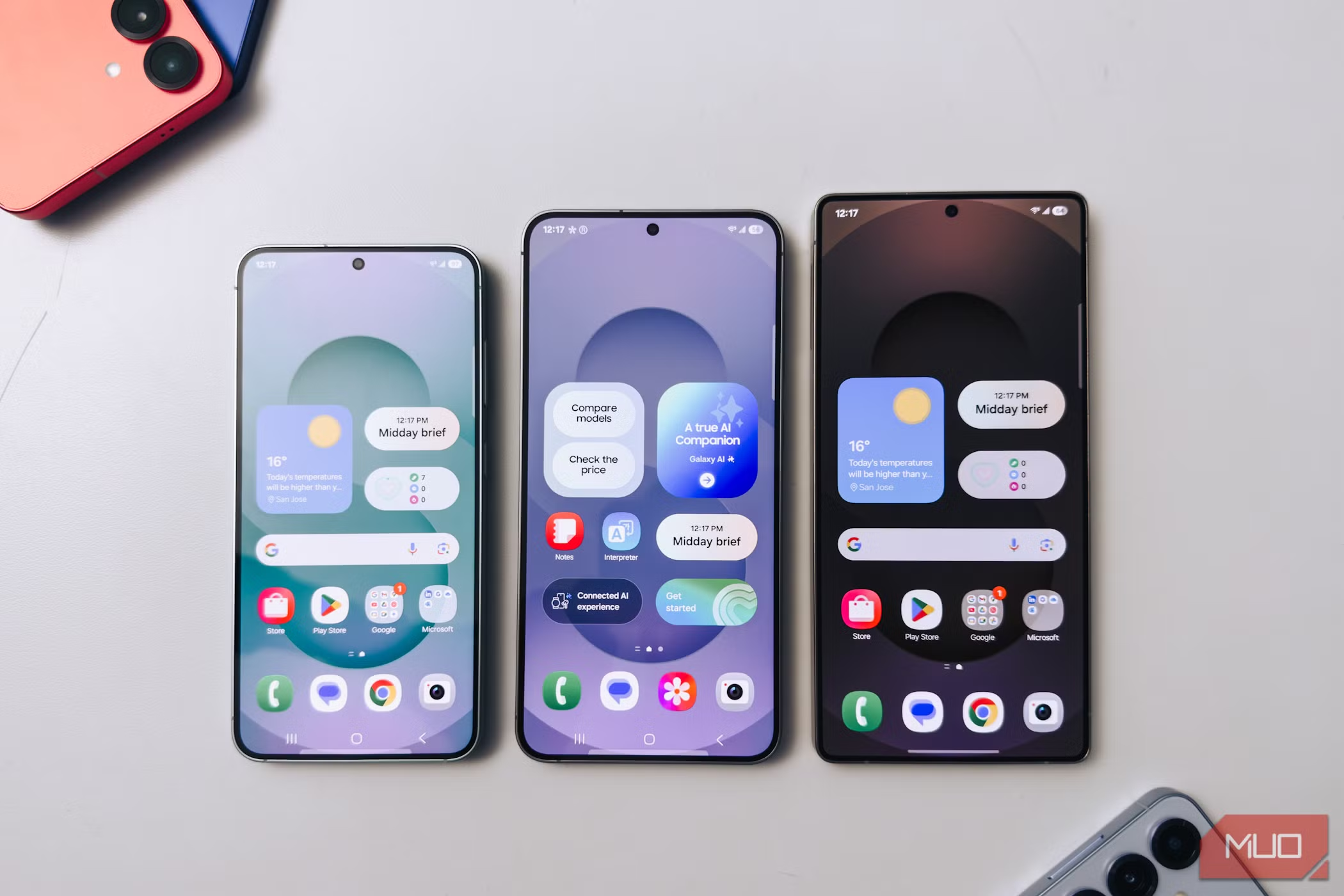
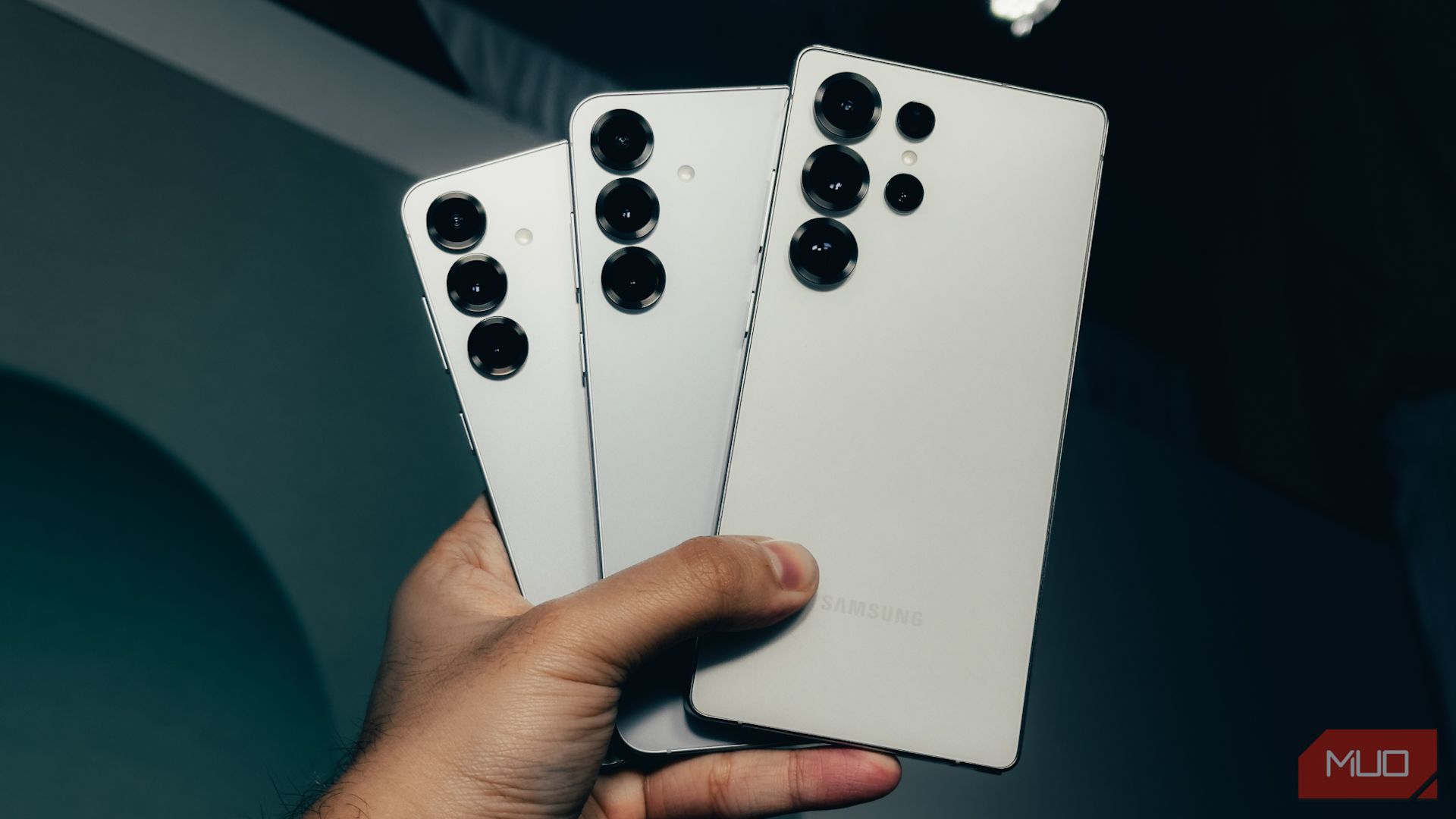
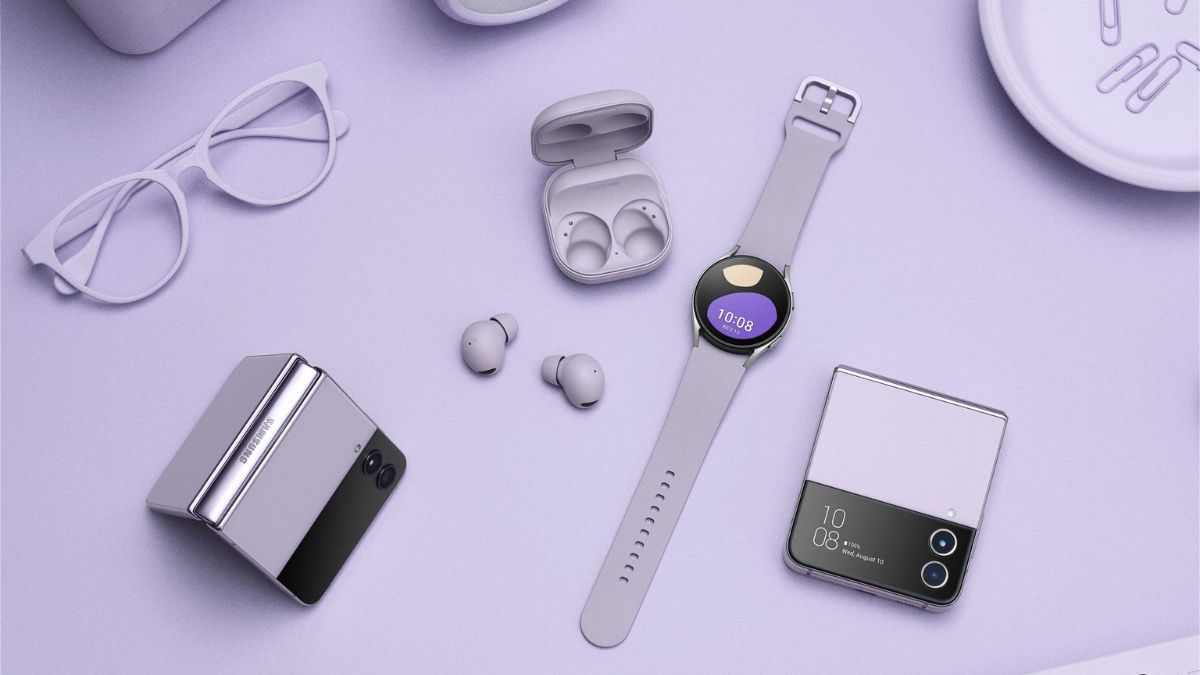


:max_bytes(150000):strip_icc()/twoku-twtich-roku-app-2053432b763a40d788ef726974d9ed2a.png?w=1174&resize=1174,862&ssl=1)


Leave a Comment
Your email address will not be published. Required fields are marked *